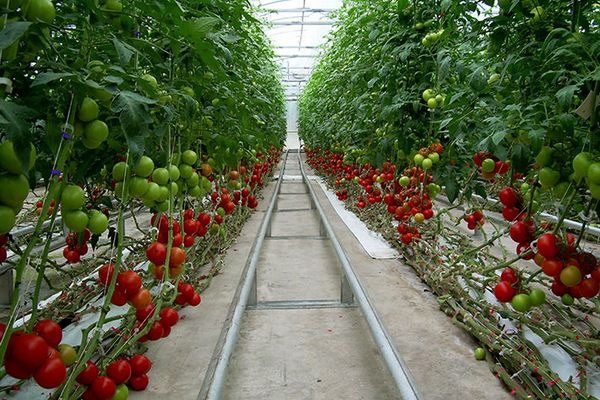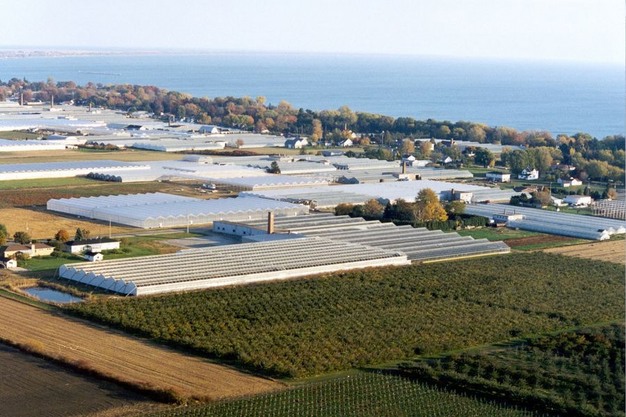Canada's climate, agricultural expertise and favorable location near the U.S. border have enabled the country to build a flourishing greenhouse sector. About 80 percent of the country's production is located in Southwestern Ontario and annually, the province exports CAD 1.6 billion worth of greenhouse grown products to the United States. "We're ideally situated as we can access 58 percent of the U.S. population within a day's drive," says Richard Lee with Ontario Greenhouse Vegetable Growers. North American consumers have been asking for fresh and healthy eating options and Canadian greenhouse growers have responded by making significant investments in recent years and providing consumers across North America with healthy food. "With a population that's about 10 percent of the U.S. population, Canada produces more greenhouse-grown food than it can consume, but we've found a great outlet in the U.S." added Lee.
 Left: Richard Lee.
Left: Richard Lee.
Impact on demand
However, the 25 percent tariff the U.S. is imposing on imports from Canada is creating a lot of uncertainty in the Canadian greenhouse sector. Growers are concerned about the impact the tariffs will have on demand for their tomatoes, cucumbers, and bell peppers. Lee believes it is a valid concern. "We may see the impact on demand in about three to four weeks and that's also the time of year our growers will be in full production." While shippers have been very well prepared in recent months, they are receiving questions and pushback from U.S. retailers. "Retailers are trying to identify who will pay these additional costs and they need to understand they can't be absorbed by the supply chain," said Lee. Ultimately, the consumer will pay the extra cost, and we hope they are willing to take it."
The U.S. has been a stable market for Canadian greenhouse vegetables. Finding alternative markets outside North America is not expected to be a viable solution. "It will be difficult to export overseas due to the perishable nature of the products. While airfreight may be an option, Canadian greenhouse grown produce wouldn't be competitive from a cost perspective."

Solution is critical
All in all, if the 25 percent tariff remains in place, the expectation is for prices of goods, including greenhouse-grown produce, to increase in the coming weeks. The tariffs are causing inflationary pressure and threaten access to healthy and affordable food. "We need to find a solution that works for everyone," shared Lee. Canadian Prime Minister Justin Trudeau and President Trump had a meeting yesterday afternoon. While the exact details of the discussions are unknown, Commerce Secretary Howard Lutnick signaled a possible agreement between the Trump administration and leaders of Canada and Mexico that could see some of the tariffs imposed on both nations rolled back. "We are hopeful a solution will be found soon. During the pandemic, the North American trading block was time tested and proven. We need to fortify that trade relationship, not weaken it."

 For more information:
For more information:
Richard Lee
Executive Director
Ontario Greenhouse Vegetable Growers
lee@ogvg.com
www.ogvg.com
